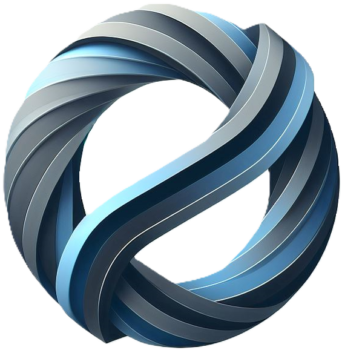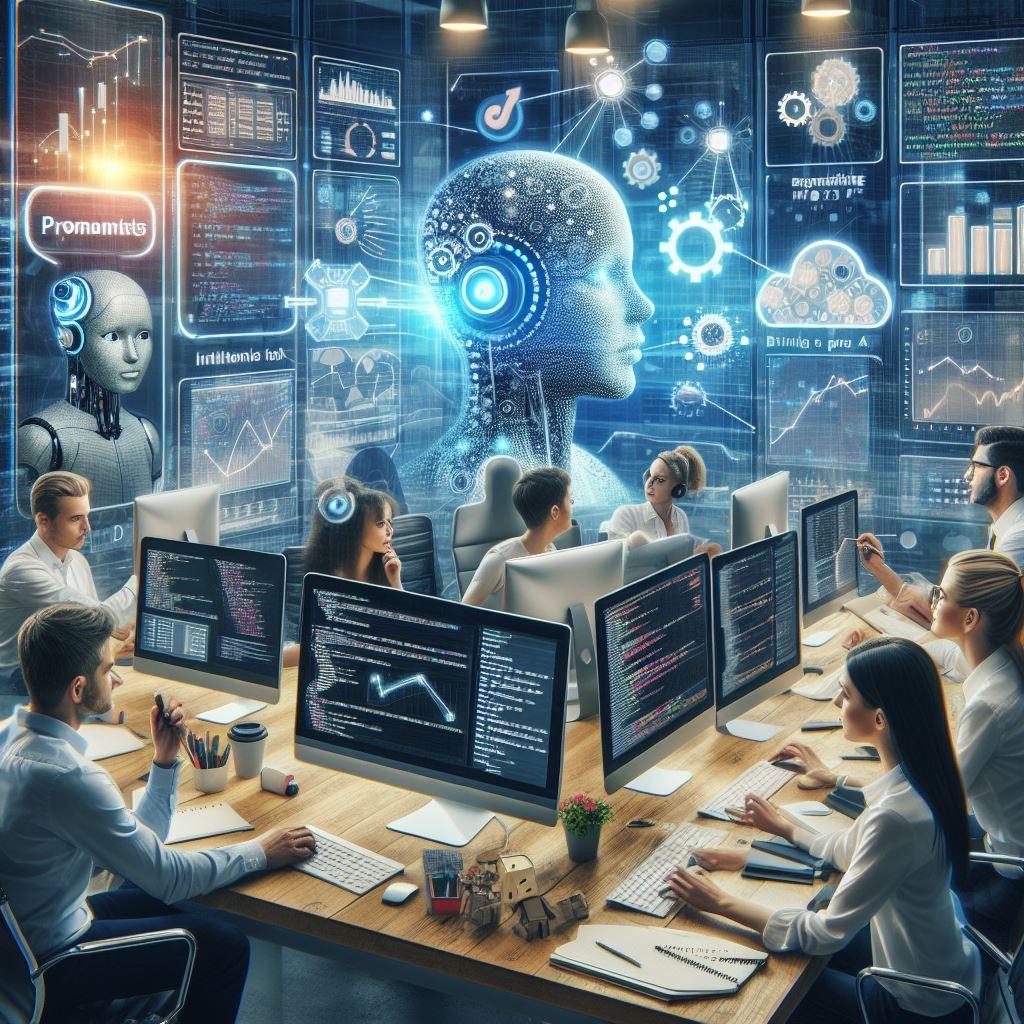Purpose
In today’s rapidly evolving work landscape, generative AI—including the remarkable ChatGPT—has emerged as a powerful force. As organizations increasingly rely on automation to handle tasks traditionally performed by humans, it’s essential to develop AI-driven workplace strategies for our work and how we can harness its potential.
Players
- Employees and Teams:
- Adopters: Employees who embrace AI tools and technologies, integrating them seamlessly into their daily tasks.
- Champions: Advocates within teams who promote AI adoption, encourage learning, and drive change.
- Collaborators: Individuals who collaborate with AI systems, leveraging their insights and augmenting decision-making.
- Leadership and Management:
- C-Level Executives: CEOs, CTOs, and other top leaders who set the vision for AI integration.
- Managers: Responsible for implementing AI initiatives, managing teams, and ensuring alignment with organizational goals.
- Change Agents: Leaders who drive cultural shifts, emphasizing AI as an enabler rather than a threat.
- AI Solution Providers:
- Vendors and Developers: Companies and professionals creating AI tools, platforms, and applications.
- Consultants: Experts who guide organizations in selecting, implementing, and optimizing AI solutions.
- HR and Learning & Development:
- HR Professionals: Involved in talent acquisition, training, and upskilling to prepare employees for AI roles.
- L&D Specialists: Design training programs to enhance AI literacy and soft skills.
- Regulators and Policymakers:
- Government Agencies: Shape AI policies, regulations, and ethical guidelines.
- Industry Bodies: Collaborate to establish best practices and standards.
Remember, successful AI adoption requires a collective effort, where each player contributes their unique expertise and perspective.
The AI Revolution: Beyond Job Replacement
While the World Economic Forum predicts that AI will replace 85 million jobs by 2025, this doesn’t mean that AI aims to render us obsolete. Instead, it offers a new paradigm—one where humans and AI collaborate to achieve unprecedented outcomes. Let’s explore the playbooks for thriving in this AI-driven future:
1. Integrate AI into Your Workflow
- Learn the Basics: Familiarize yourself with AI concepts, terminology, and applications. Understand how AI complements existing processes and enhances efficiency.
- Task Augmentation: AI can handle repetitive, data-intensive tasks. Use it to automate routine processes, freeing up your time for more strategic work.
- Data-Driven Decision-Making: Leverage AI-generated insights to inform critical decisions. Whether it’s financial forecasting or customer behavior analysis, AI provides valuable perspectives.
2. Sharpen Your Soft Skills
AI excels at hard skills, but soft skills remain uniquely human. Here’s how to hone them for AI-driven workplace strategies:
- Analytical Thinking: The World Economic Forum identifies analytical thinking as the top skill for the future. Develop your ability to dissect complex problems, interpret data, and make informed choices.
- Creative Thinking: AI generates solutions based on patterns, but creativity is our domain. Cultivate innovative ideas, explore unconventional approaches, and think outside the box.
- Resilience and Adaptability: The AI landscape evolves rapidly. Be open to change, learn from setbacks, and adapt swiftly.
- Flexibility and Agility: Embrace agility in your work. AI-driven projects may shift direction, and your ability to pivot is crucial.
3. Bridge the Human-AI Gap
- Interfacing with AI: While AI models improve, they still lack human intuition. Your role is to interpret AI outputs, communicate insights, and collaborate effectively.
- Live Team Coaching: Organizations recognize the need for human leadership. As you transition into leadership roles, emphasize your human skills. AI can’t lead—yet.
4. SEO Optimization for Your Career
Just as SEO boosts online visibility, optimize your career for success:
- Keywords: Understand the AI landscape. Keywords like “machine learning,” “natural language processing,” and “data analytics” signal your adaptability.
- Content Creation: Showcase your expertise through blogs, articles, or social media. Discuss AI trends, share insights, and demonstrate thought leadership.
- Networking: Connect with AI practitioners, attend conferences, and participate in industry forums. Networking expands your reach and keeps you informed.
Conclusion: AI-driven workplace strategies
Generative AI isn’t here to replace us—it’s here to elevate us. As you navigate the future of work, embrace AI as your ally. Sharpen your soft skills, bridge the human-AI gap, and position yourself for success.

